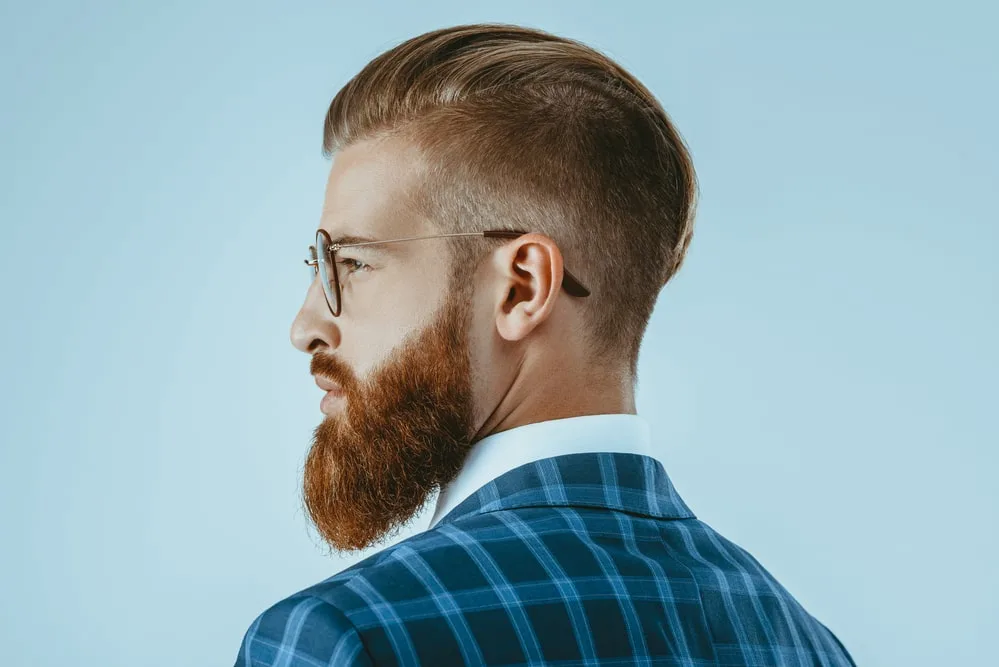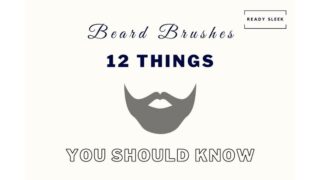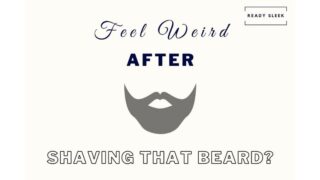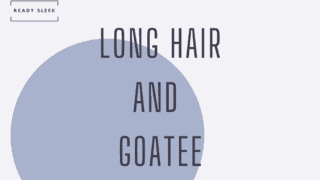Men dream of growing a faultless beard right from the word go. But as they start to get some serious length, they’re often faced with this particularly frustrating problem. So, how do you stop beards from looking thinner as they grow longer?
Adopting good beard grooming habits such as brushing and combing can help to prevent beards from looking thinner as they grow longer.
Easier said than done – I know.
Unfortunately, the path to great beardedness is paved with obstacles and a seemingly endless series of frustrations.
So, let’s get to it.
Disclaimer: For general interest only. If you have any specific concerns about the distribution of hair growth, seek professional advice.
Why Does A Beard Look Thinner As It Grows Longer?
Beards generally look thinner as they grow longer due to variations in growth in different parts of the beard.
Hair tends to grow at different rates. Some strands will be longer while others will be shorter. This becomes more obvious as the beard grows longer.
Longer hairs will sit next to shorter hairs and this unevenness in length can make a beard look thinner than it otherwise would.
6 Ways To Stop Beards Looking Thinner As They Grow Longer
Based on the explanation above, you can probably imagine why there isn’t a huge amount that can be done to solve the problem.
However, there are still things that can be done to make beards appear thicker as they grow longer, even in the most awkward of growth phases.
1. Consider Brushing
As soon as your beard is long enough to start benefiting from it, get to work. The benefits of brushing your beard should never be underestimated.
Once you’ve got around 3 to 4 weeks of growth, running a boar bristle beard brush through it can help to make it look fuller.
Beard hair is notorious for just growing in all sorts of directions. This makes it look thinner and less even.
Over time, brushing the beard should guide it to grow in your desired direction. This is usually downward and toward your chin.
A more uniform appearance usually leads to a fuller appearance.
2. Consider Combing From Around 8 Weeks
You may hear different opinions about when to start combing your beard, but the 8-week mark is usually a safe bet.
At this point, your beard is often long enough to start suffering from tangling, particularly within the deeper parts of your beard.
The long teeth of a beard comb are fantastic for detangling. Tangled beards often look thinner, simply because it causes clumps of hair to form and separate from each other.
Pearwood and sandalwood ones are especially popular.
Combs are also great for styling, so would be a useful tool to buy if you want to keep stray hairs in place.
Strays are another common reason for beards looking thinner and untidier.

3. Keep It Even-ish
Now, I would never encourage premature trimming.
It’s important to give beard growth a fighting chance. It’s important to avoid trimming the beard out of frustration or a lack of confidence.
Giving it enough time to grow will often sort out most of the problems you face.
But as I explained earlier, variation in length is also a key reason why the beard looks thinner as it gets longer.
Because of this, trimming the beard now and again as you grow it out should keep it looking more even and thicker as a result.
It’s usually best to use beard scissors for this.
Using an electric trimmer may risk trimming too much at any given time. What you want is to remove beard hairs that stick out using a more meticulous and intricate approach.
Enter – beard scissors.
They just give you so much more control.
Doing this should reduce the variation in length in different parts of your beard and make it look a little more even and fuller as a result.
But don’t obsess over it. It’s near-enough impossible to have your beard be entirely even. It would probably look quite unnatural in any case.
But do get into the habit of snipping away at strays and split-ends now and again to keep it looking more impressive as it grows to your desired length.
4. Try Some Beard Balm
It isn’t usually as overbearing or heavy as beard wax can be.
At the same time, it has some hold. In other words, it’ll keep beard hairs in place, which is something that beard oil can’t do.
It may not have as strong of a hold as beard wax, but enough to get some basic grooming and styling needs dealing with.
It’s good for taming strays and flattening beard hair. Beard hairs will start to stick out and fall out of line as the beard grows longer.
Flattening them in your desired direction should make the beard look fuller overall.
5. Choose Your Style Carefully
At the risk of sounding like Captain Obvious, no two beards are the same.
It wouldn’t be wise to assume that one man’s bearded problems are the same as any others.
Yes, this article aims to solve one big problem that many bearded men face. But it’s no secret that different men will struggle with this problem in different ways.
Before I start to sound too cryptic, let me give you an example.
Patchy cheek hair is the source of a lot of bearded men’s problems.
Cheek hair is just notorious for often being thinner than the rest of the beard. You could have the mustache and chin beard of a Viking with the thinnest of the cheek hair.
It’s unfortunate but incredibly common.
This will often become more obvious as the beard grows longer. At shorter lengths, it probably won’t be as noticeable.
But as you start to get some length, the cheeks will often quickly start to look thinner than the rest of the beard.
But it is possible to solve this problem (if you find that it’s a problem) by simply styling it out.
Adopt your beard style to account for the patchiness of the cheek hair. A common way of doing this would be to rock a goatee instead.
Goatees are defined by there being hair on the chin but none on the cheeks.
So, styling a goatee is a simple and stylish way to solve the problem of the cheeks looking thinner as the beard gets longer.
It isn’t the fanciest of solutions, but as you can imagine, it really does the trick.
To sum this point up, if a particular part of your beard is thinner than the rest, consider choosing a style that gets rid of that part of the beard altogether.
6. Give It Time
I promise – this isn’t a cop-out.
But I’d be foolish to end this article without honing in on the most important point of them all.
Giving the beard some more time often solves the problem, at least to a certain extent.
Again, it isn’t the fanciest of solutions or even a “solution” at all.
It isn’t as simple as clicking your fingers and ending up with perfect, long, and luscious facial locks.
Beards grow through awkward phases of growth where the hair looks thicker, untidier, and patchier.
But as it grows longer, hair growth cycles equilibrate and the sheer weight of the beard itself might sort out some of the problems you face.
Ready Sleek founder. Obsessed with casual style and the minimalist approach to building a highly functional wardrobe. Also a fan of classic, vintage hairstyles.







